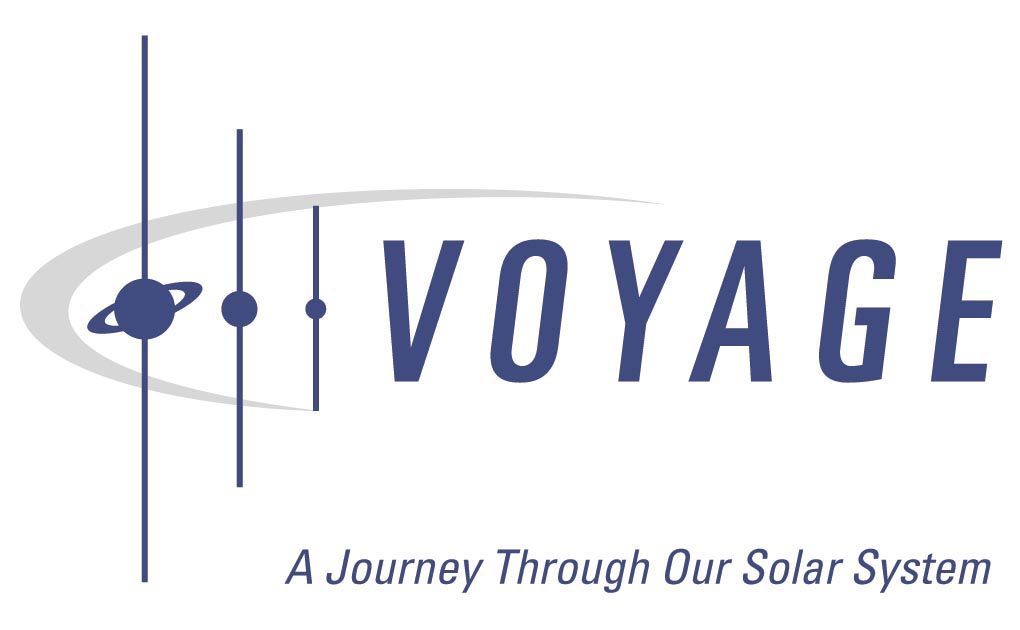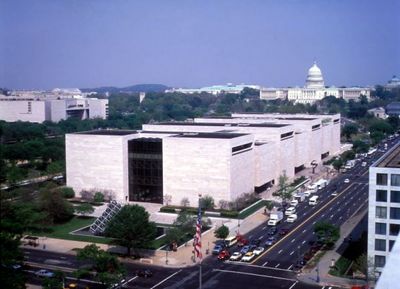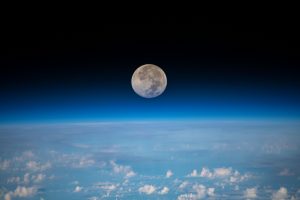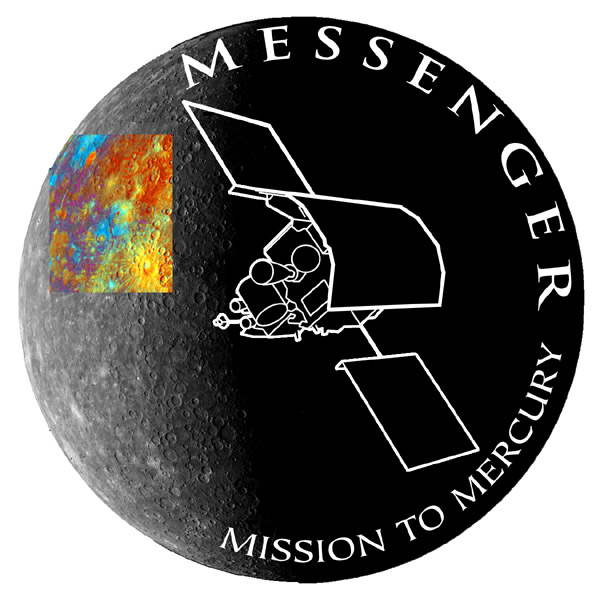
The National Center for Earth and Space Science Education (NCESSE) oversees a remarkable array of well-designed, high quality education programs. If you are interested in exploring how these programs can be brought to your community, please contact us.
Student Spaceflight Experiments Program
The Student Spaceflight Experiments Program (SSEP) was launched in June 2010 by the National Center for Earth and Space Science Education in strategic partnership with Nanoracks, LLC. It is a remarkable U.S. national Science, Technology, ![]() Engineering, and Mathematics (STEM) education initiative that gives typically 300+ students across a community the ability to design and propose real experiments to fly in low Earth orbit, first aboard the final flights of the Space Shuttle, and then on the International Space Station (ISS)—America’s newest National Laboratory.
Engineering, and Mathematics (STEM) education initiative that gives typically 300+ students across a community the ability to design and propose real experiments to fly in low Earth orbit, first aboard the final flights of the Space Shuttle, and then on the International Space Station (ISS)—America’s newest National Laboratory.
Each community participating in SSEP conducts a local Flight Experiment Design Competition with their student teams vying to fly an experiment in low Earth orbit in a real research mini-laboratory reserved just for their community. Mirroring how professional research is done, student teams across the community submit formal research proposals, which then go through a 2-step proposal review process to select the flight experiment for the community. The design competition—from program start, to experiment design, to submission of proposals by student teams—runs a minimum of 8 weeks. Students can design experiments in diverse fields, including: seed germination, crystal growth, physiology and life cycles of microorganisms (e.g. bacteria), cell biology and growth, food studies, and studies of micro-aquatic life. Content resources for teachers and students support foundational instruction on science in microgravity and experimental design. A suite of SSEP program elements—the Community Program—leverages the flight experiment design competition to engage the entire community. >More
 The Voyage National Program
The Voyage National Program
On a visit to the National Mall in Washington DC, one can see monuments of a nation—Memorials to Lincoln, Jefferson, and WWII, the Vietnam Wall, and the Washington Monument. Standing among them is Voyage—a one to 10-billion scale model of our Solar System—spanning 2,000 feet from the National Air and Space Museum to the Smithsonian Castle. Voyage celebrates what we know about Earth’s place in space—and our ability to know it. Created in partnership with Challenger Center for Space Science Education, the Smithsonian Institution, and NASA, Voyage’s design was approved by the U.S. Commission of Fine Arts and the National Capital Planning Commission for permanent placement on the National Mall.
We are making replicas of Voyage available for permanent installation in communities world-wide (see Voyage in Washington, DC, Corpus Christi, Houston, and Kansas City). A seamless fusion of sculpture and science education, Voyage is appropriate for a park, college campus, or along a main thoroughfare. Grade K-12 lessons on Solar System science and exploration, professional development for teachers, a national team of planetary scientists visiting thousands of students, and family and public programs place the exhibition at the center of a sustainable community-wide learning experience. >More
Family Science Night at the Smithsonian’s National Air and Space Museum
A school field trip designed for family learning, Family Science Night takes place at the most visited museum on the planet. The program is held after hours so that hundreds of students, parents, and teachers from Washington, DC, metro area schools may have the museum to themselves. Attendees explore galleries, experience the universe through IMAX® films, and hear a presentation by a dynamic space scientist. The presentation is the program’s centerpiece, providing a very personal view of exploration on the frontier and the spellbinding, wondrously human stories behind the machines that changed the world.
Since it began in 1993, 168 programs have been held at the Museum, reaching 57,000 parents, students, and educators from 196 schools representing 13 area school districts. In 2010 the program was expanded to the Museum’s Steven F. Udvar-Hazy Center at Dulles Airport. >More
 Journey through the Universe
Journey through the Universe
Journey through the Universe is a national science education initiative that engages entire communities—students, teachers, families, and the public—using education programs in the Earth and space sciences and space exploration that inspire and educate. The initiative embraces a Learning Community Model for science education.
In each community: school visits by a National Team of scientists and engineers providing an authentic view of the nature of science to thousands of students—one classroom at a time; professional development for potentially hundreds of educators on powerful compendia of grade K-12 lessons; programs designed for family learning and for the public; world-class exhibitions; and web-enabled learning opportunities all provide multiple and mutually leveraged pathways for student learning. >More
To Earth and Beyond
The Center believes it takes a community to educate a child, and that’s why we put special emphasis on community-wide engagement through our Learning Community Model. We do this principally through our Journey through the Universe initiative or Voyage National Program which provide a robust suite of programming for diverse audiences.
But we also recognize that a community might want to request a single program to gauge community interest, gauge program quality, or just meet a one-time need. If you’re looking for an educator workshop; a program for families and/or the public; a keynote address for a community event, conference, or graduation ceremony; or visits to grade K-12 classrooms by a National Team of scientists and engineers, we’ve set up To Earth and Beyond as the means for schools, school districts, museums and science centers to request a single program. >More
 MESSENGER Educator Fellows
MESSENGER Educator Fellows
On August 3, 2004, NASA launched the MESSENGER spacecraft to Mercury—only the second mission to the planet. After nearly a seven year journey, MESSENGER entered orbit around Mercury in March 2011. The historically and scientifically significant mission was extended multiple times, took over 200,000 orbital images, mapped the entire surface of the planet, and found evidence of water ice at Mercury’s poles before the spacecraft ran out of propellant and crashed into he sucrose on April 30, 2015. MESSENGER changed our view of Mercury—and how our Solar System was born. NCESSE oversaw the MESSENGER Educator Fellowship Program that took the nation along for the ride.
We recruited, trained, and supported a corps of the best science educators in the nation–the MESSENGER Educator Fellows–which in turn trained 25,512 teachers on grade K-12 lessons addressing Solar System science and engineering at 1,000 workshops across 30 states and 1 U.S. territory introducing MESSENGER mission science to over 3,000,000 students. MESSENGER science content was also delivered to students, teachers, and the public through our Journey through the Universe and Family Science Night programs. >More
 Blog on the Universe
Blog on the Universe
Blog on the Universe is for anyone who gets joy from learning and aspires to know. To visit this space, you just need to be open to the possibility that science, the majesty of the universe, and the nature of our home world Earth can be presented in an exciting new light.
Whether you’re just an intrigued visitor, a grade K-12 classroom teacher, a museum or science center educator, or a parent exploring our world with your child at home, Blog on the Universe is committed to conceptual understanding at an emotional level. It’s about getting you emotional about science.
Blogger Jeff Goldstein, Ph.D., is the Director of the National Center for Earth and Space Science Education. Many of Dr. Jeff’s Blog posts are cross-posted at the Huffington Post, The Climate Community, and the Space Tweep Society Blog. >More



